I was in Ukraine between 10 and 20 February. The Russian aggression has been going on for two years and it was my third trip in this period. Anna and I mainly wanted to meet friends, but we also used the time for a tour from Ternopil to Skala-Podilska – with stops in Skalat, Hrymailiv, Husiatyn, Probizhna and Chortkiv.
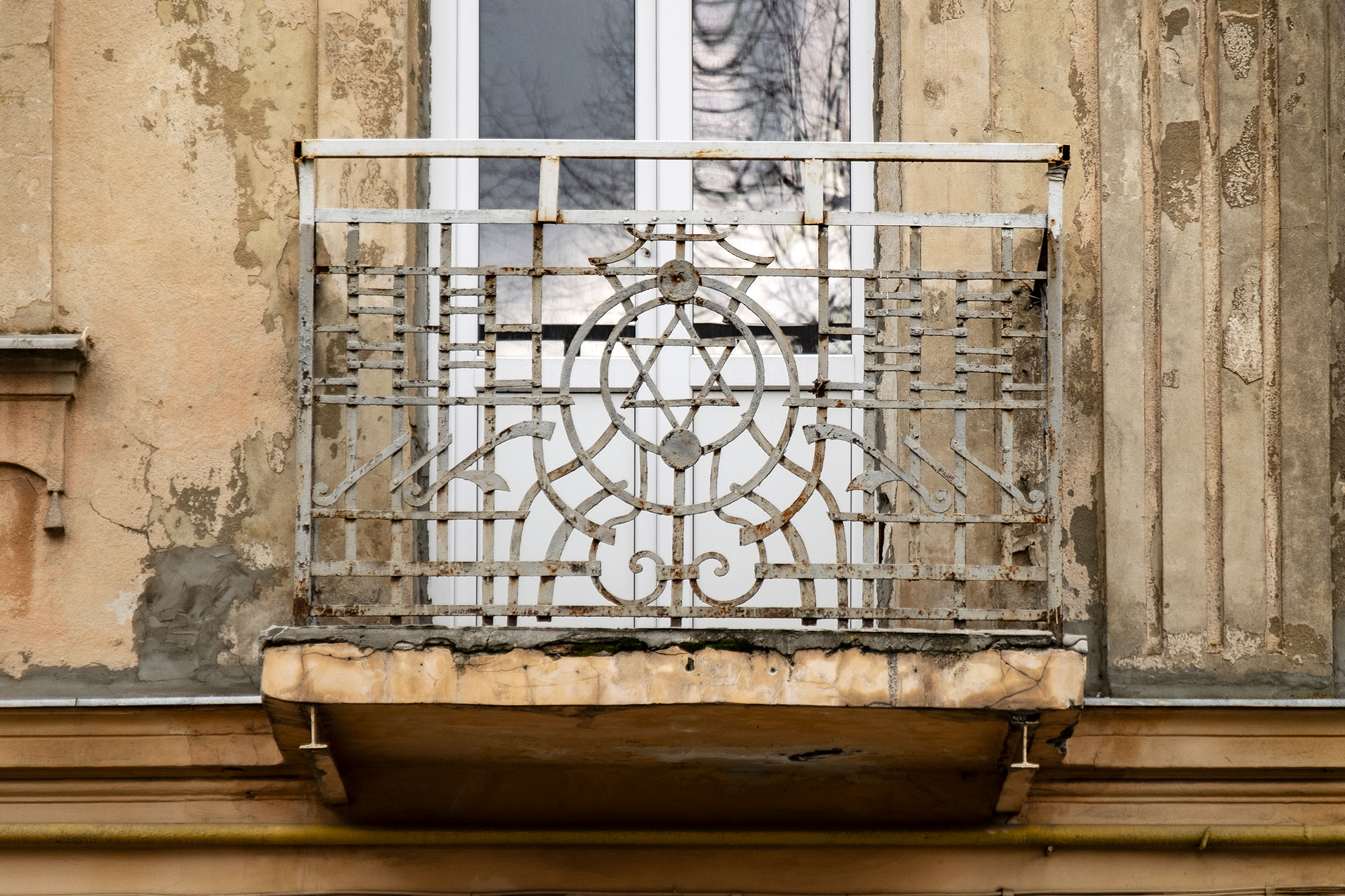
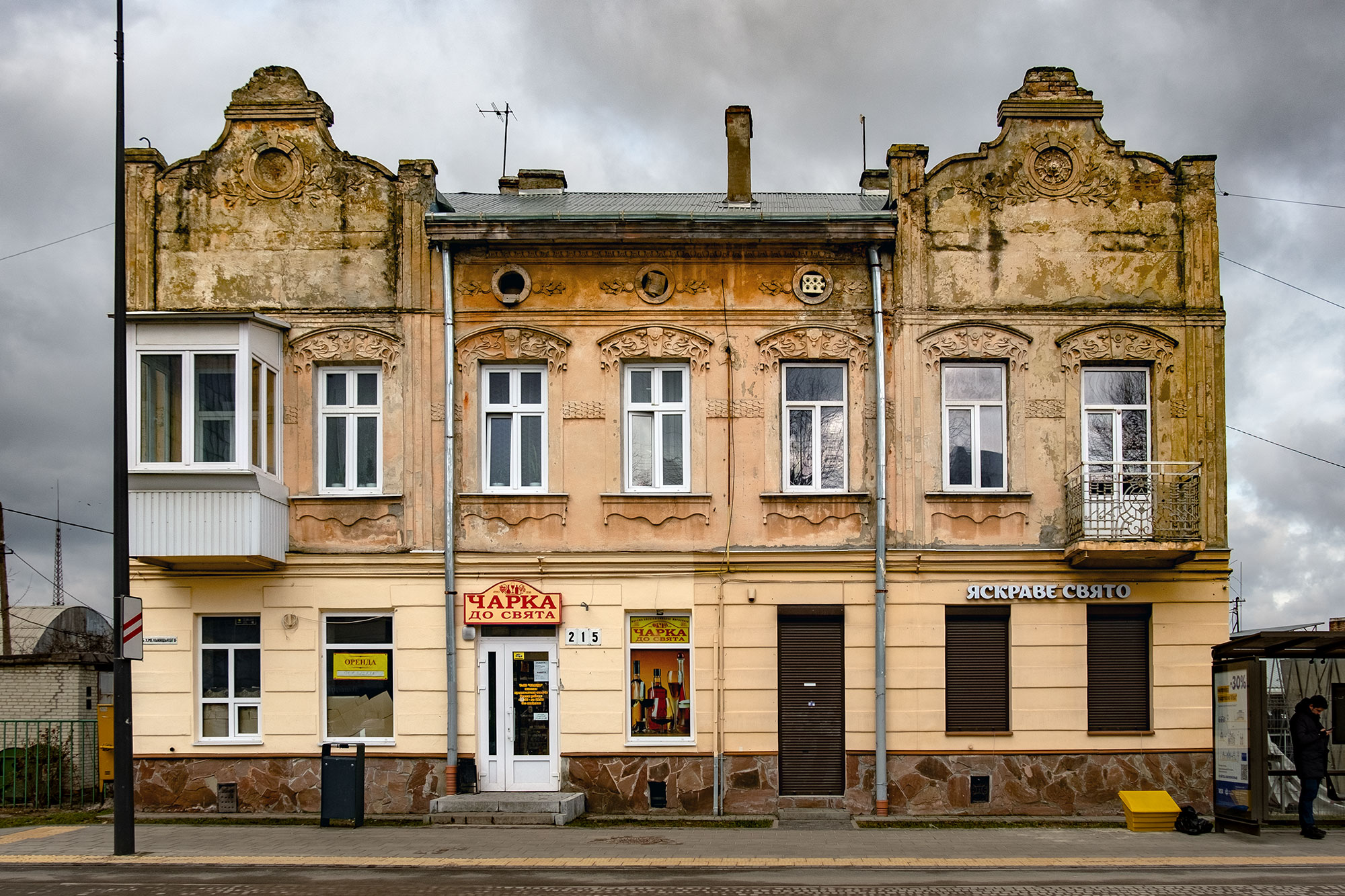
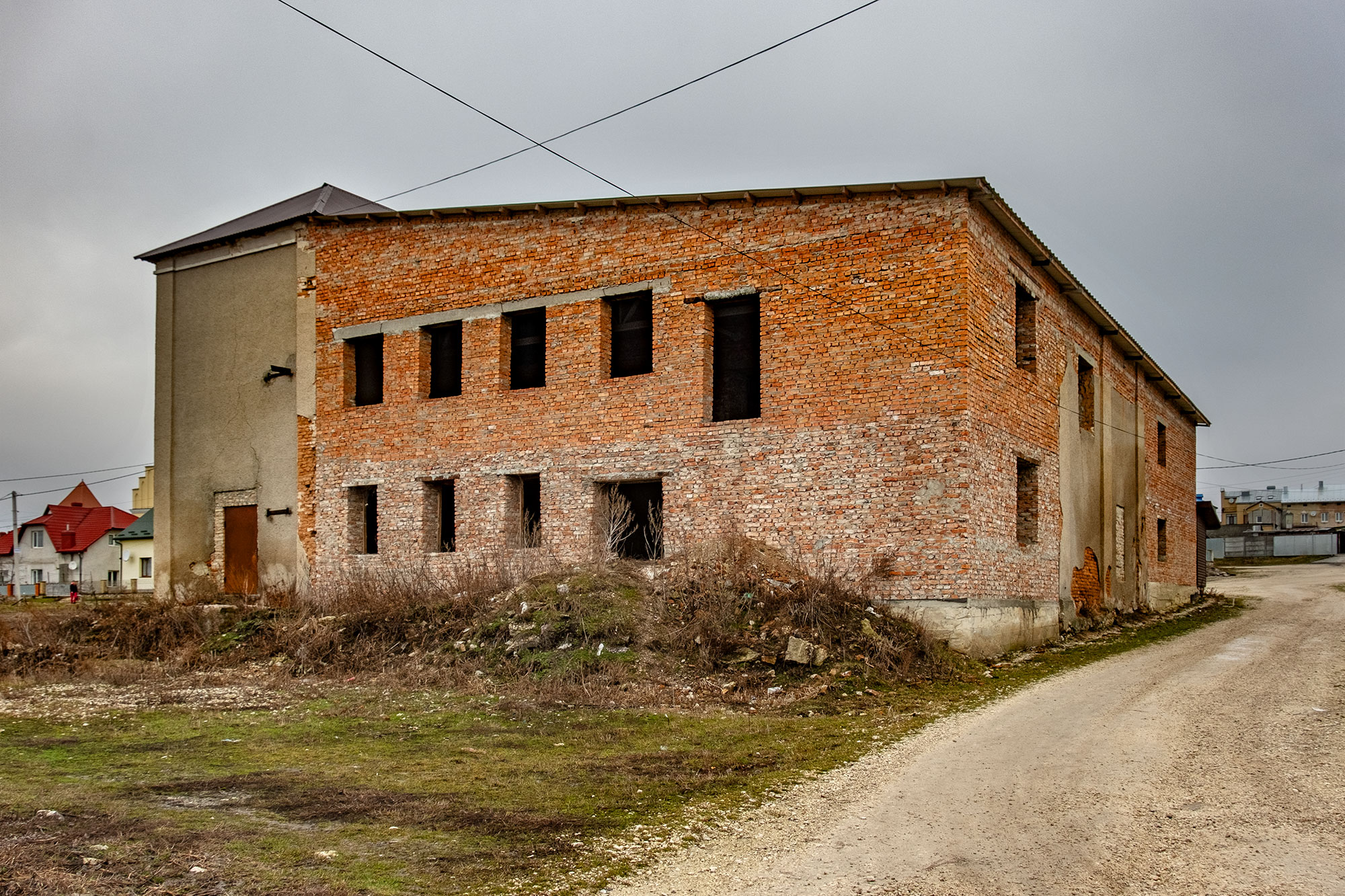
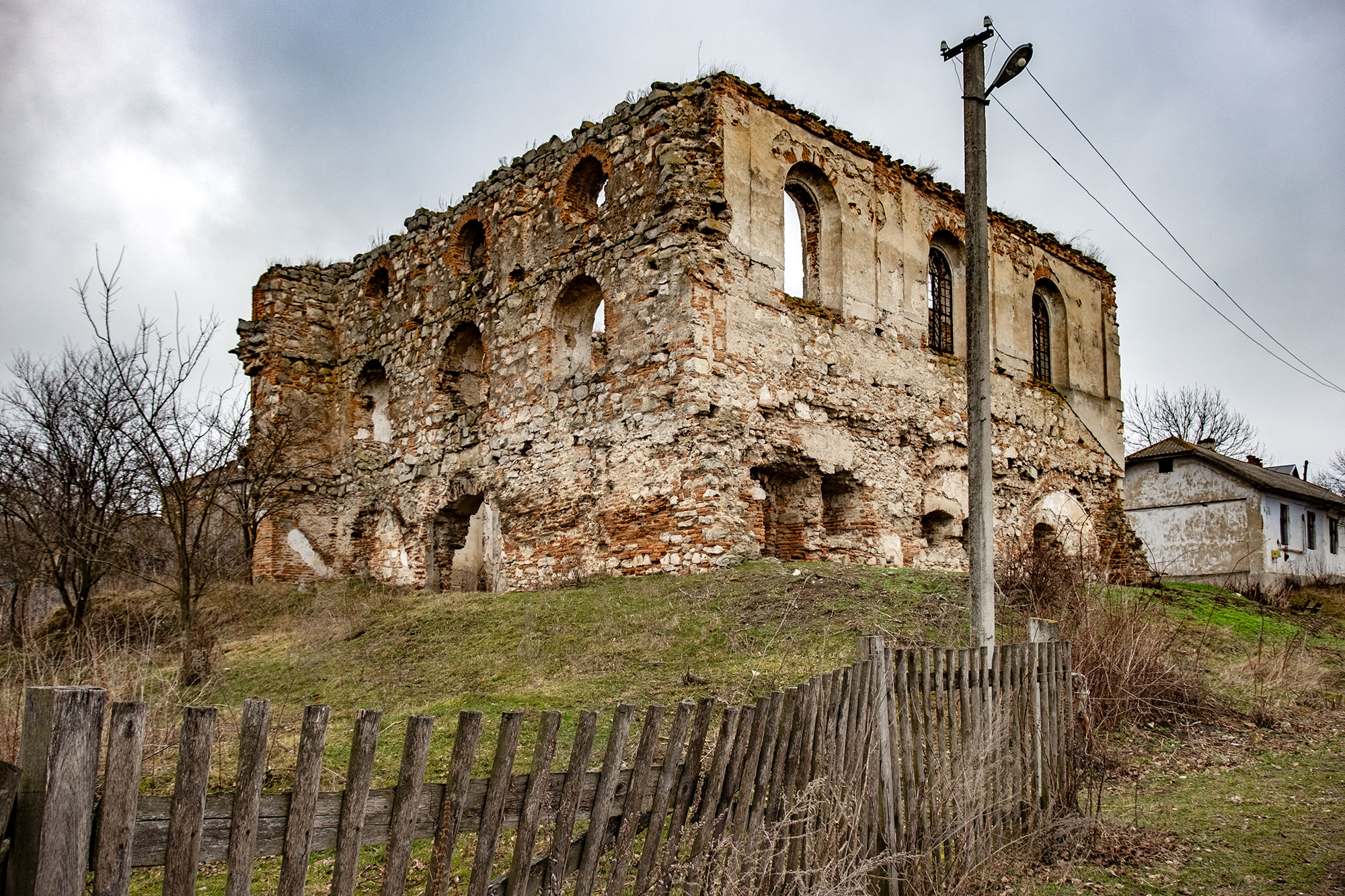
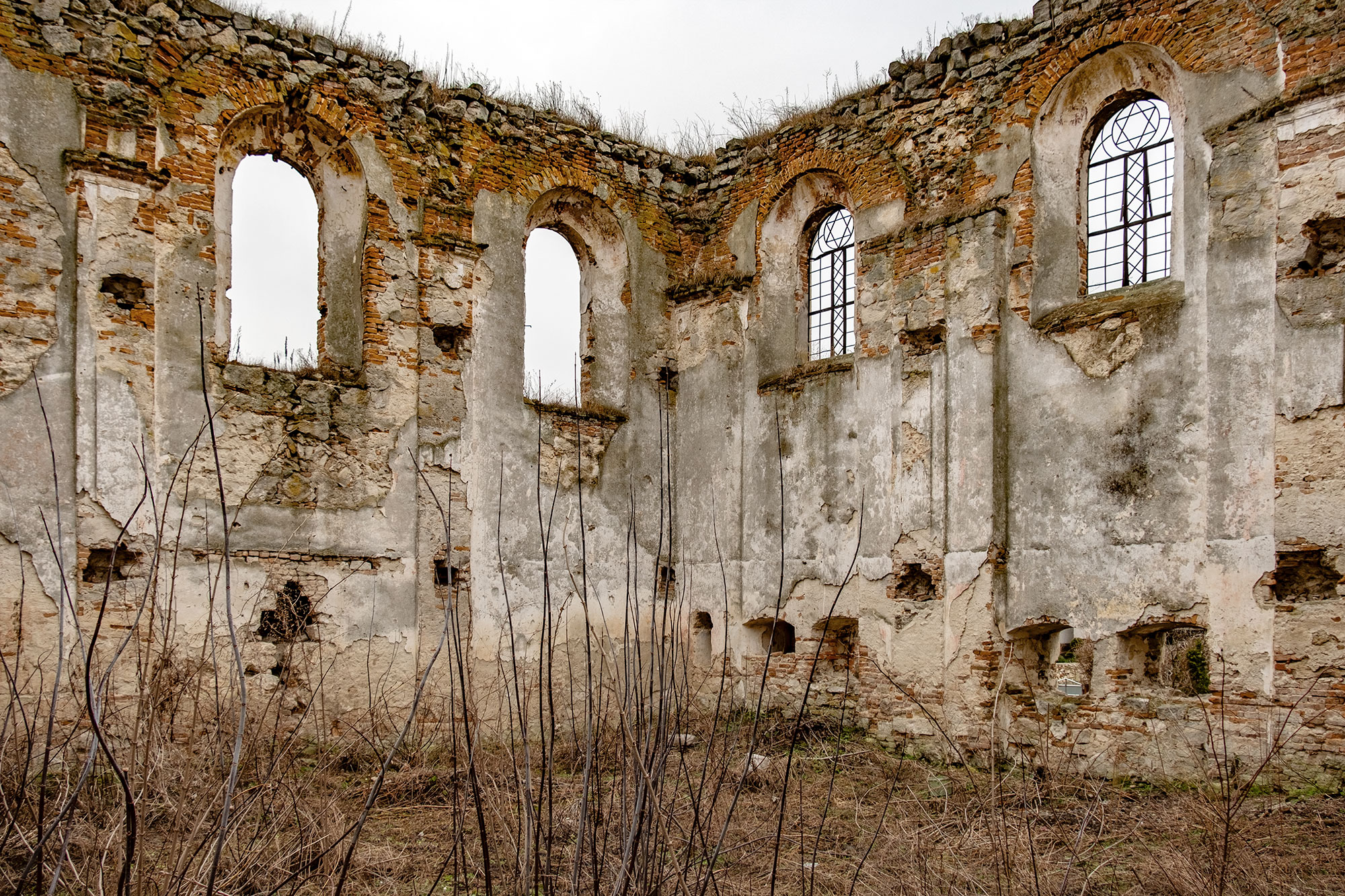
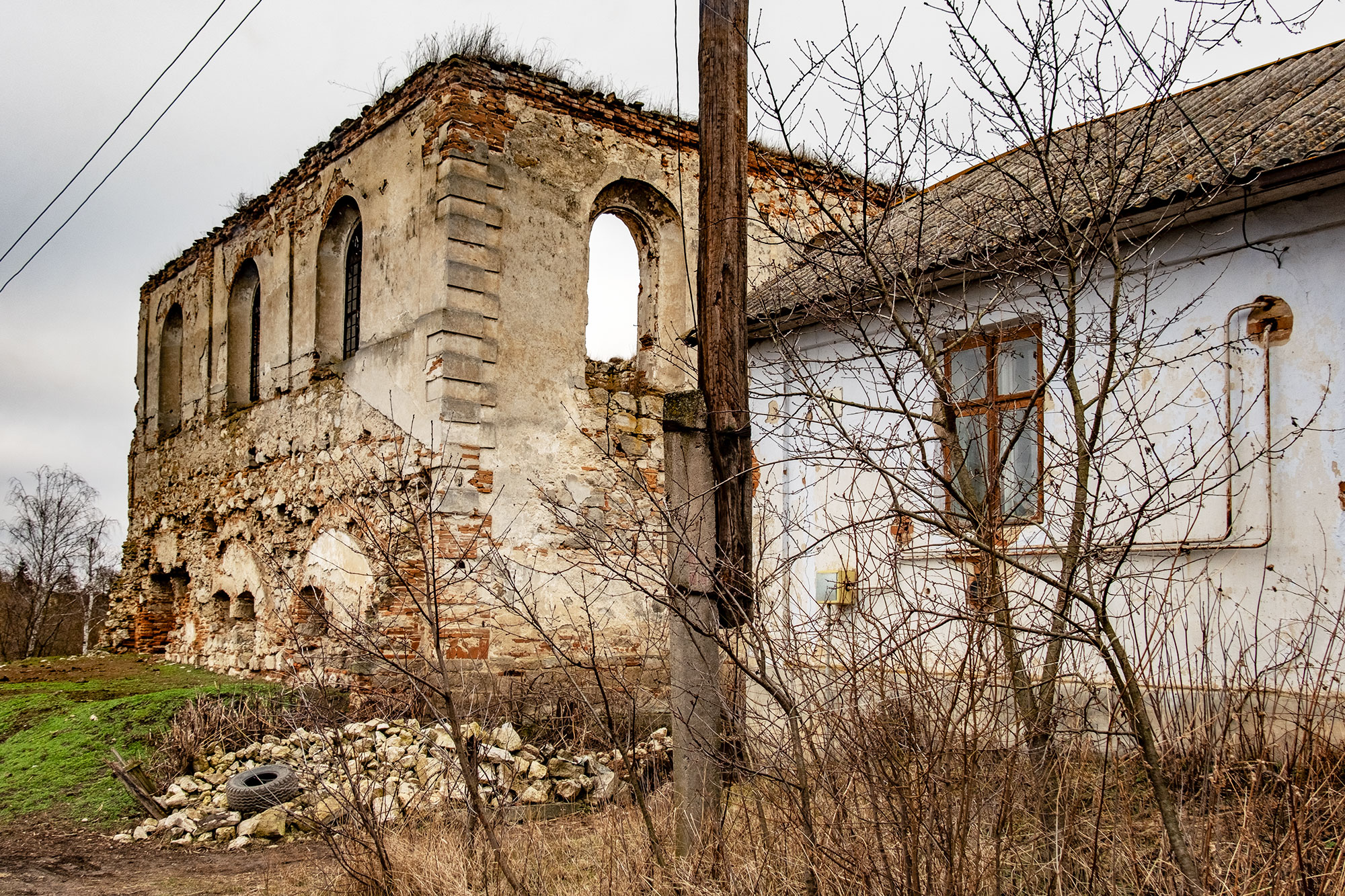
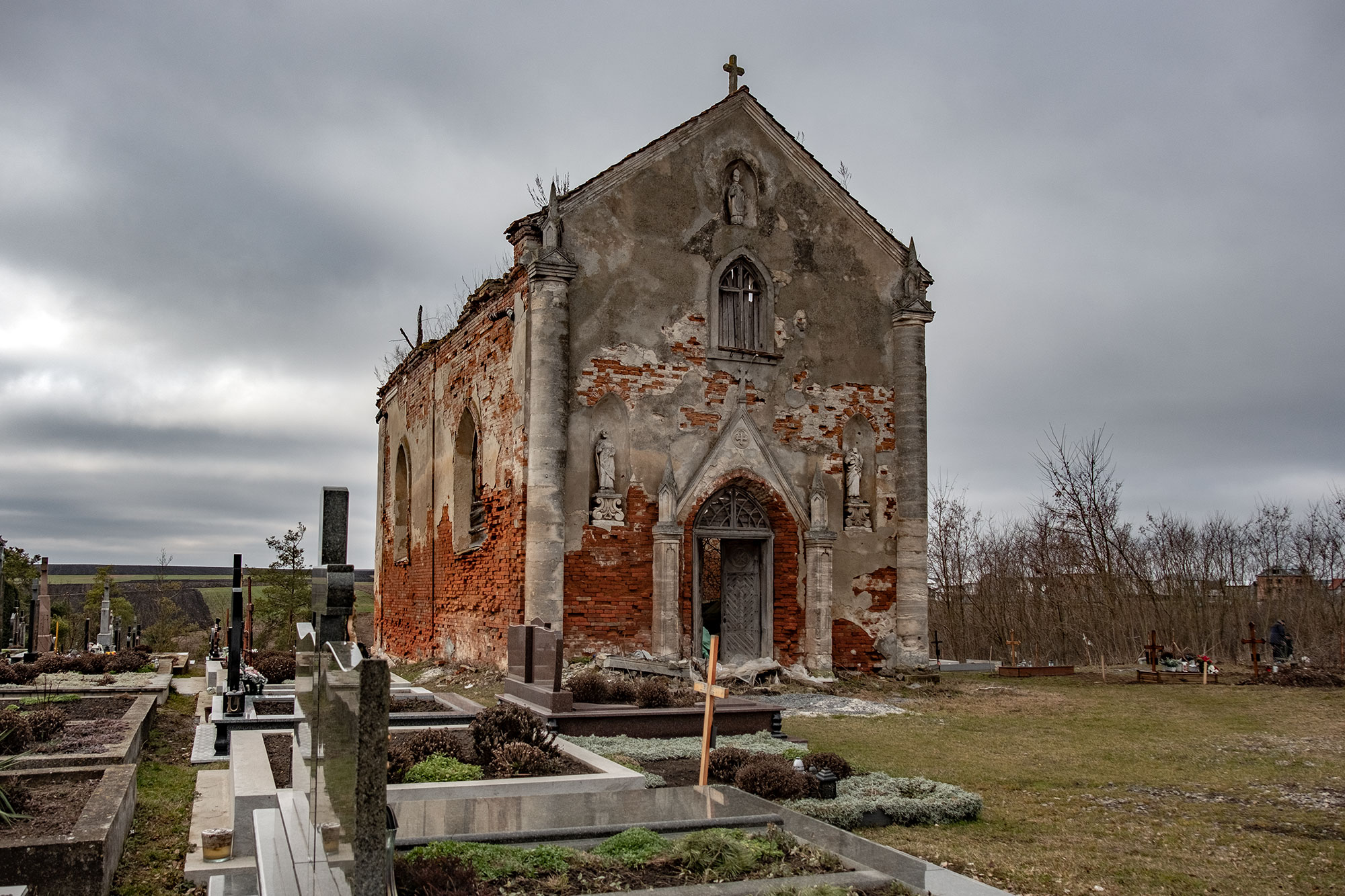
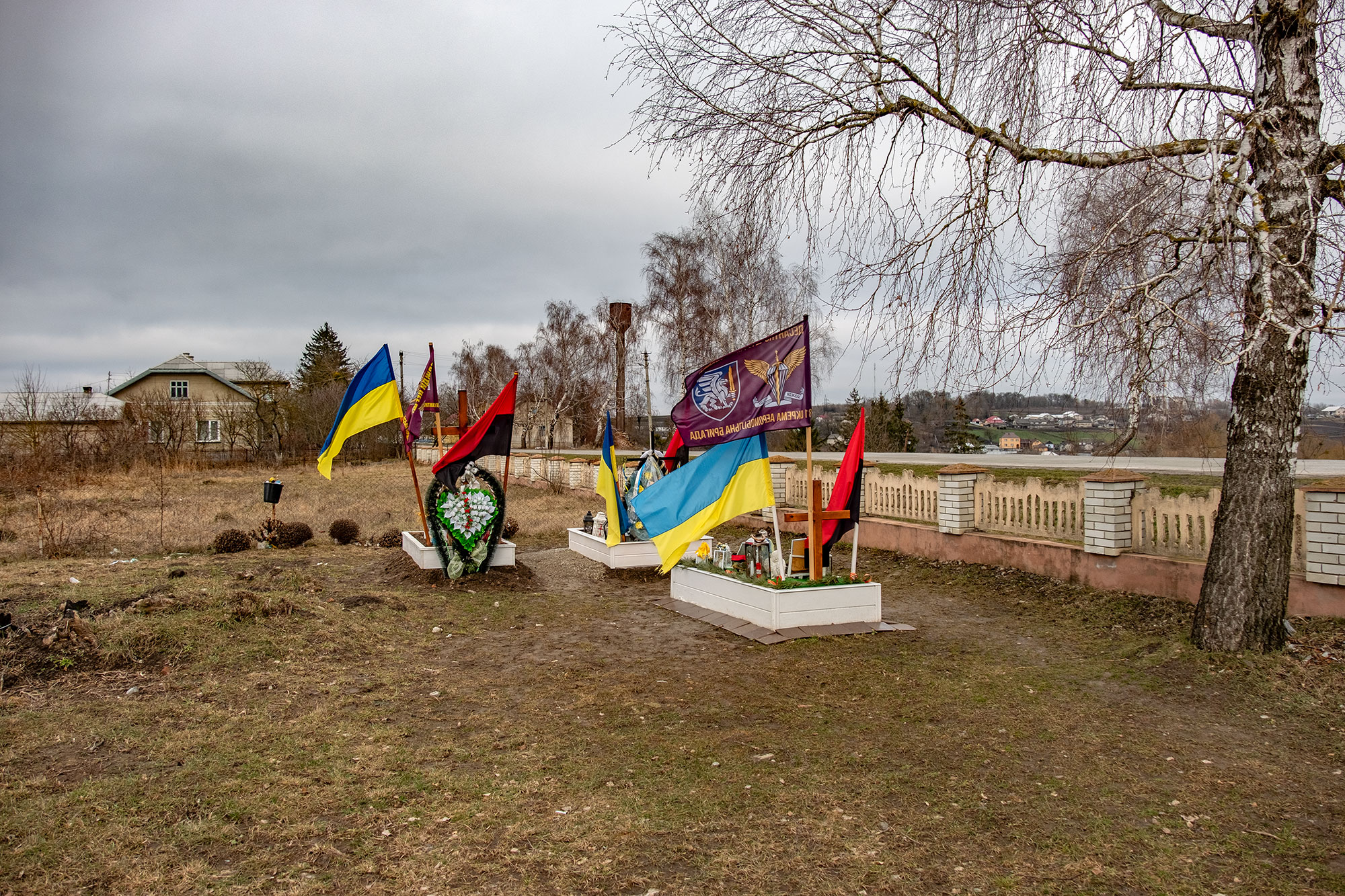
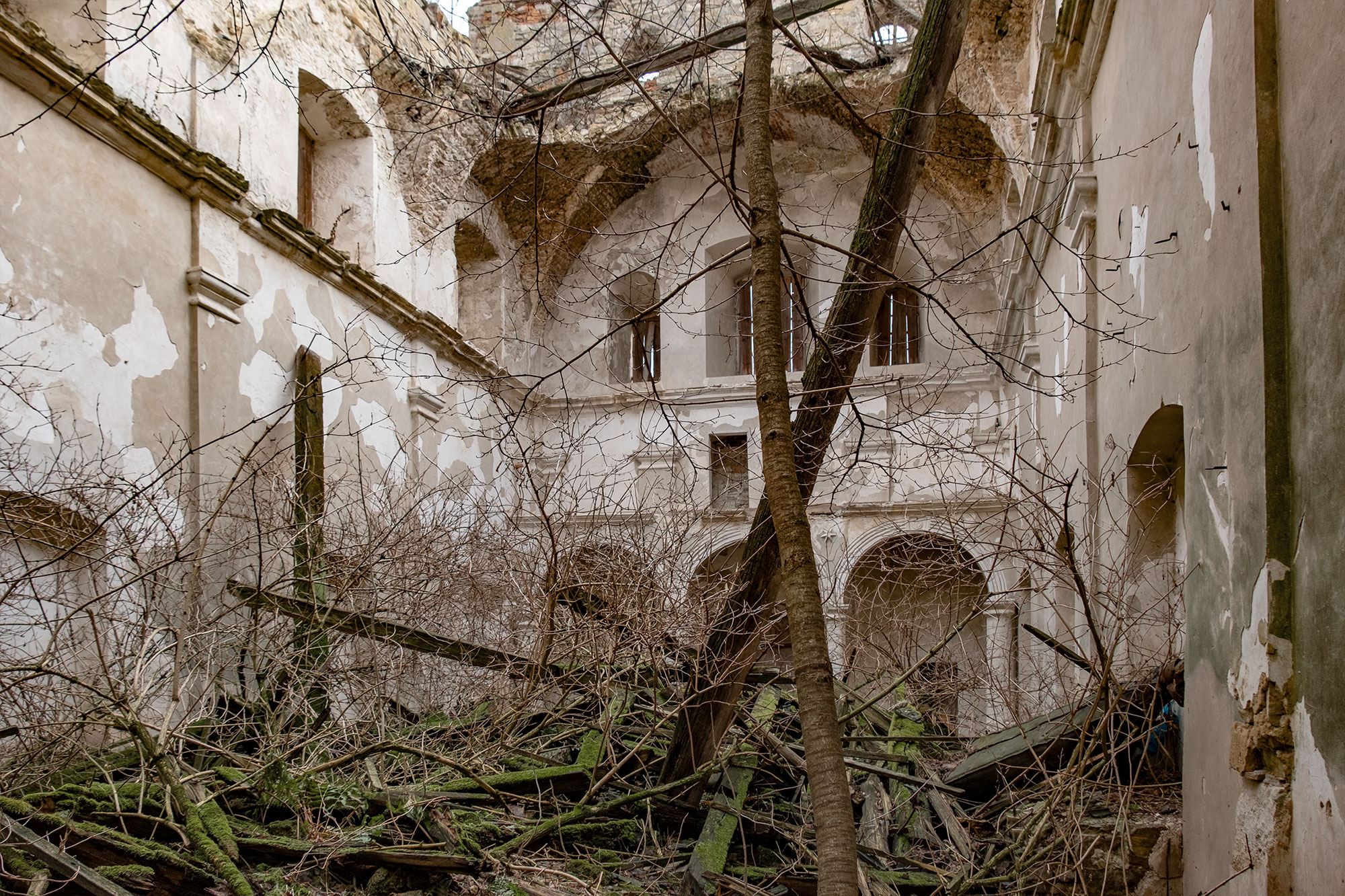
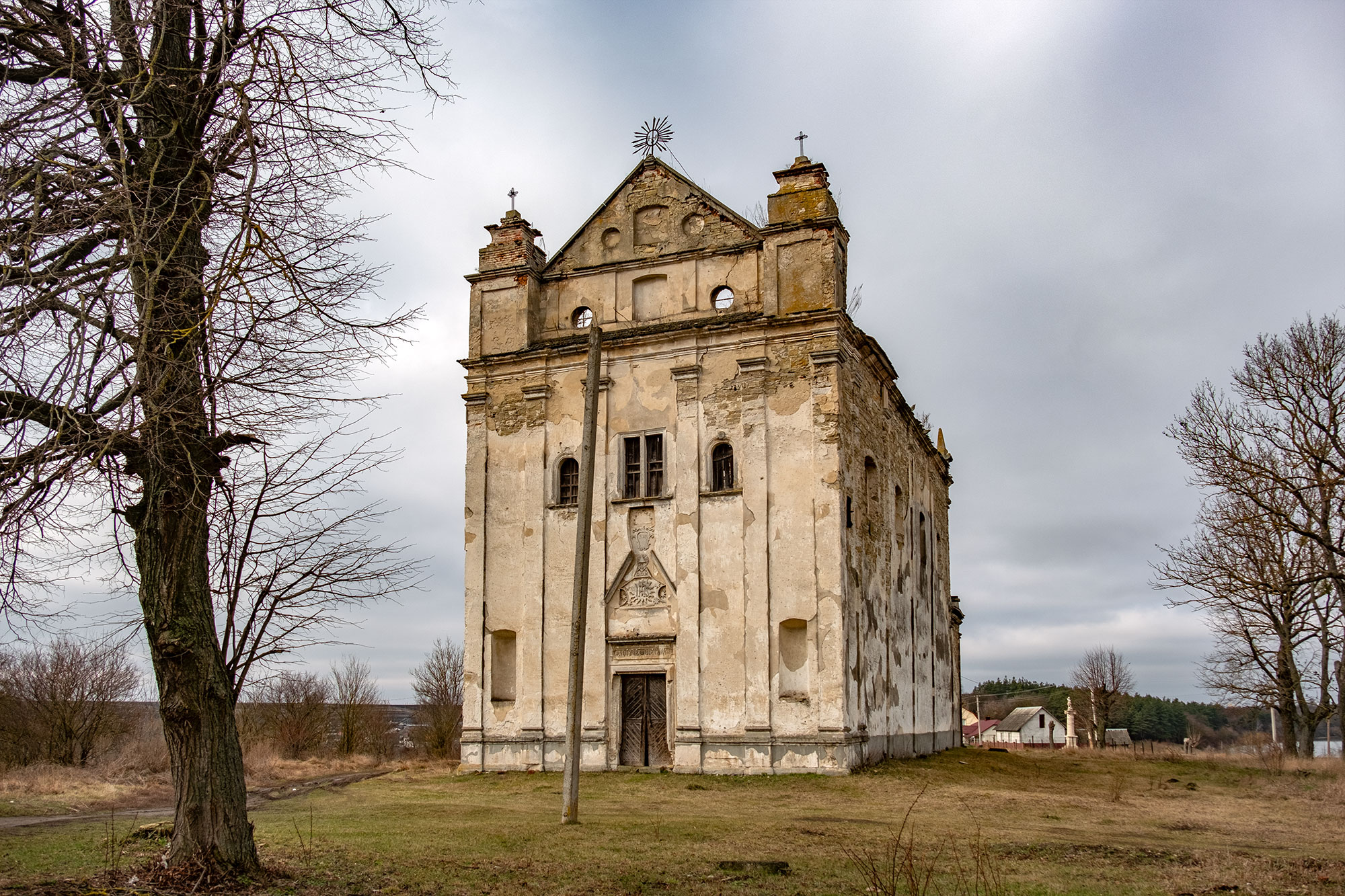
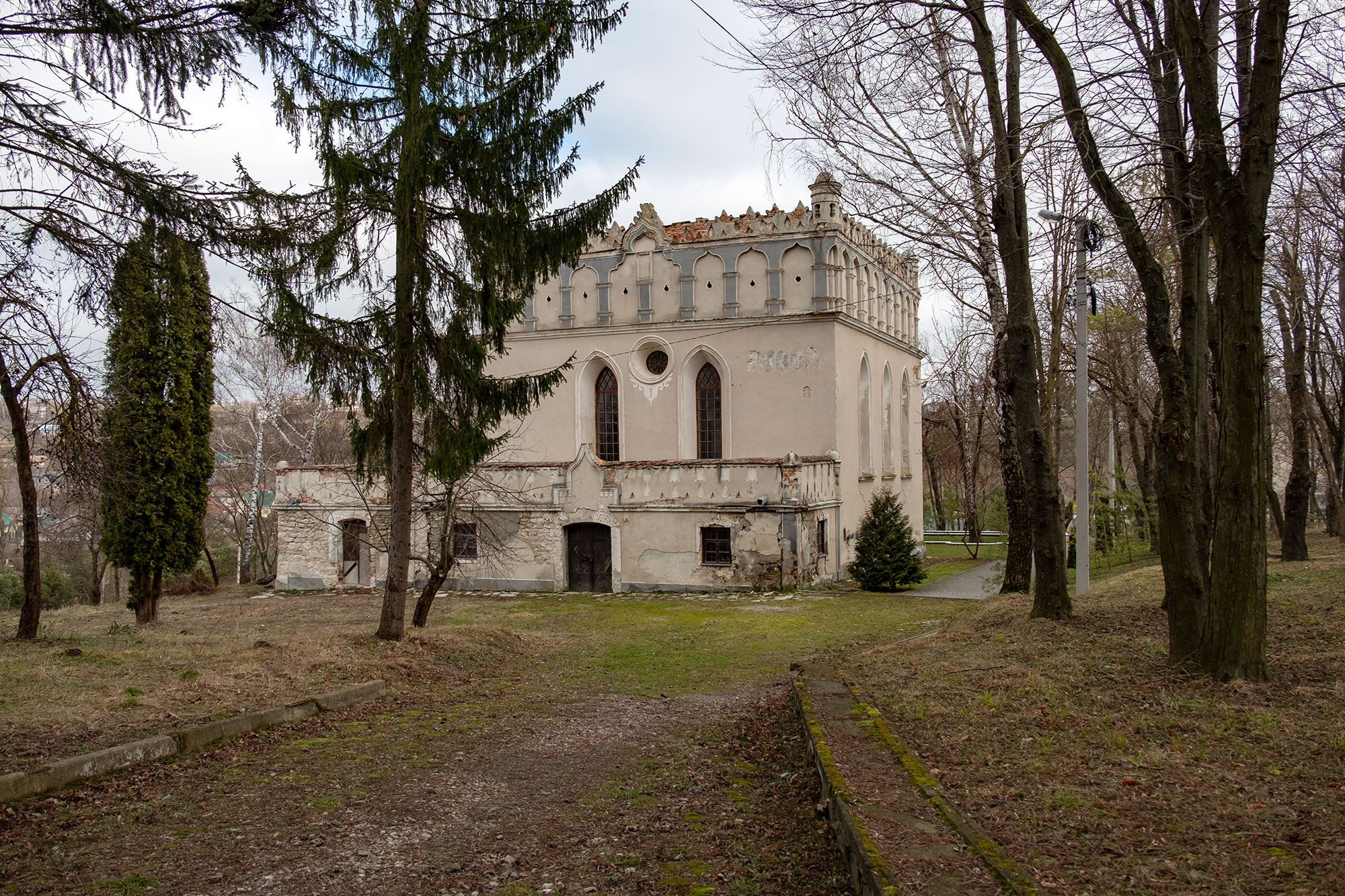
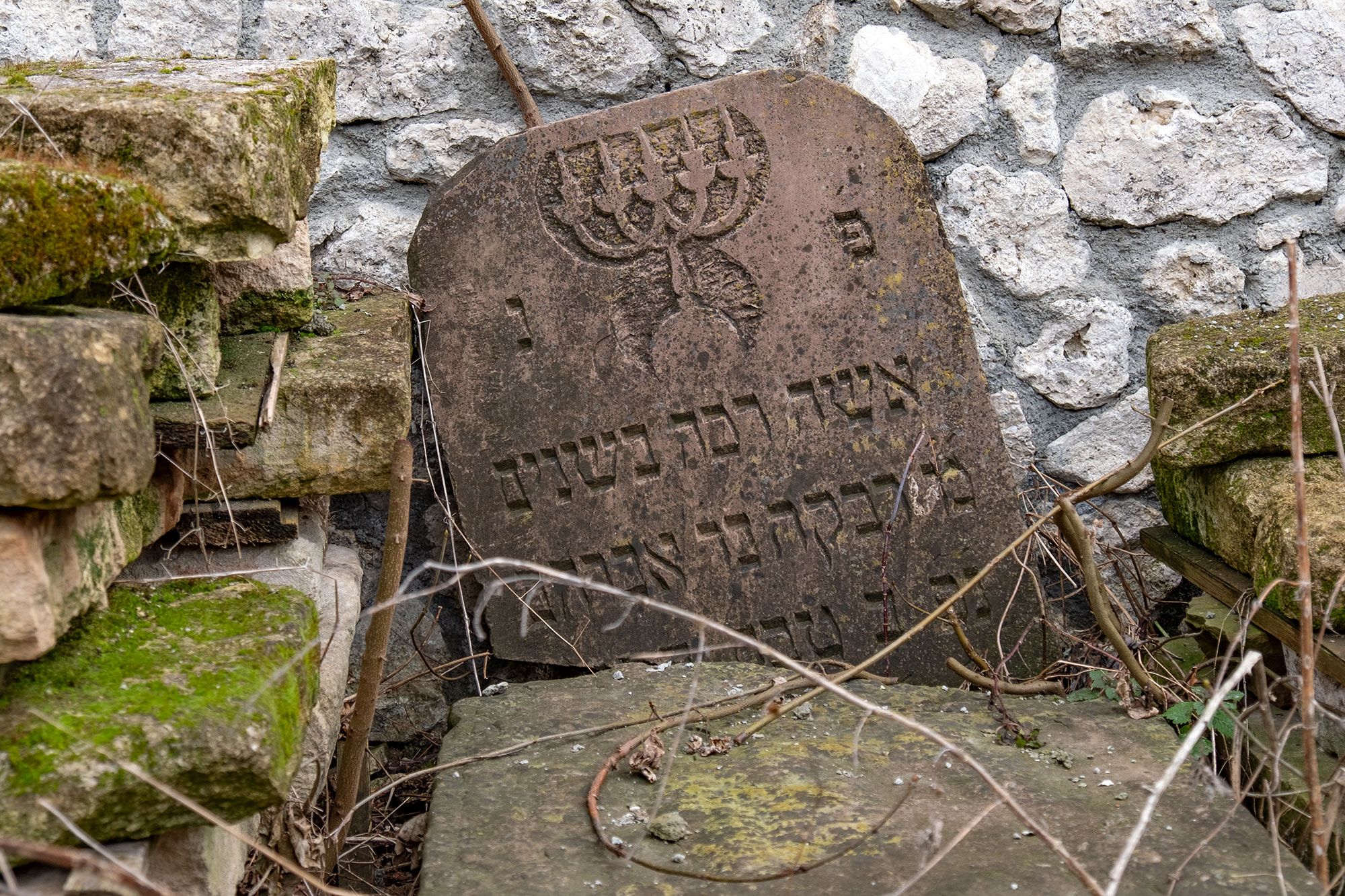
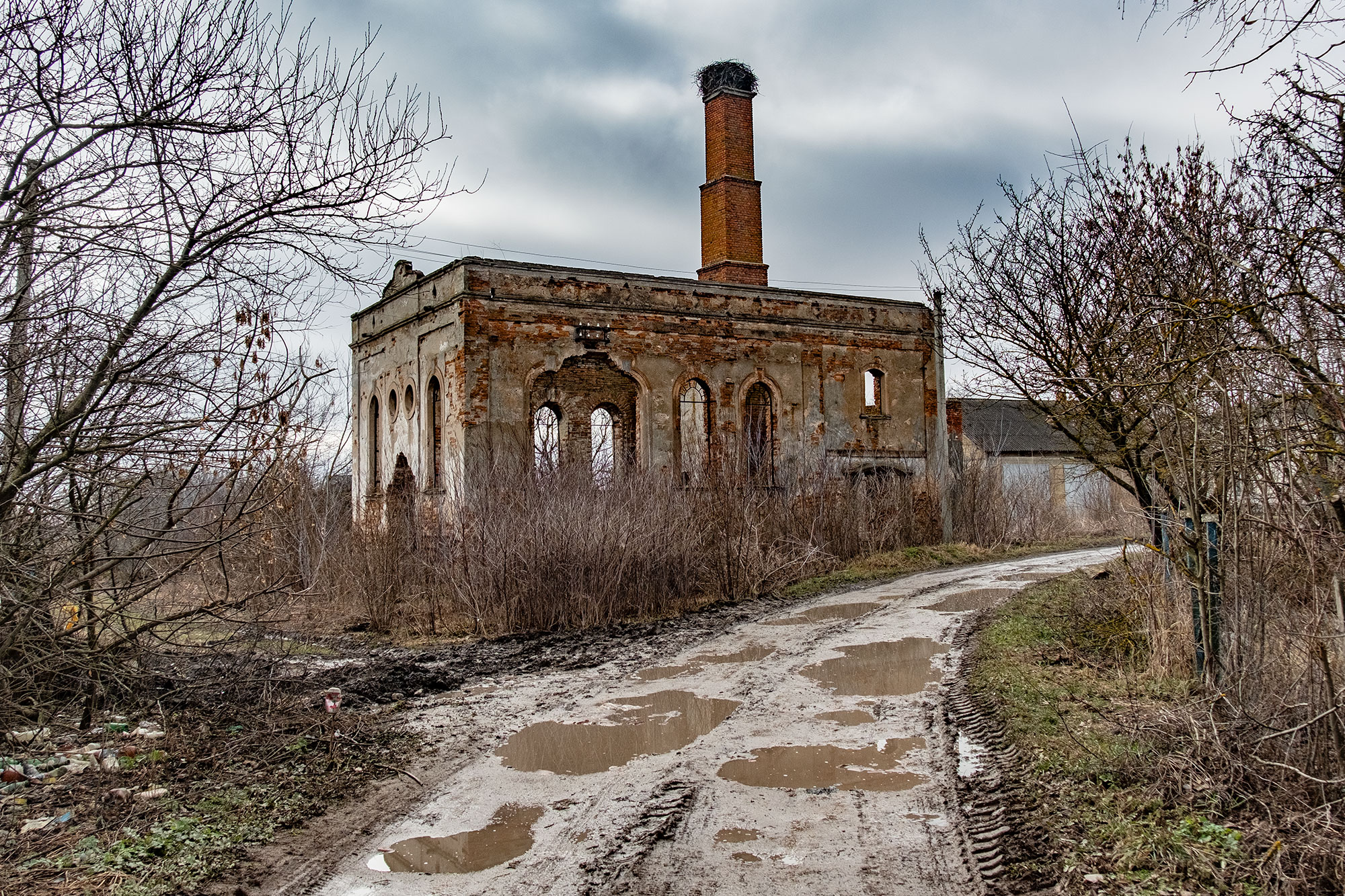
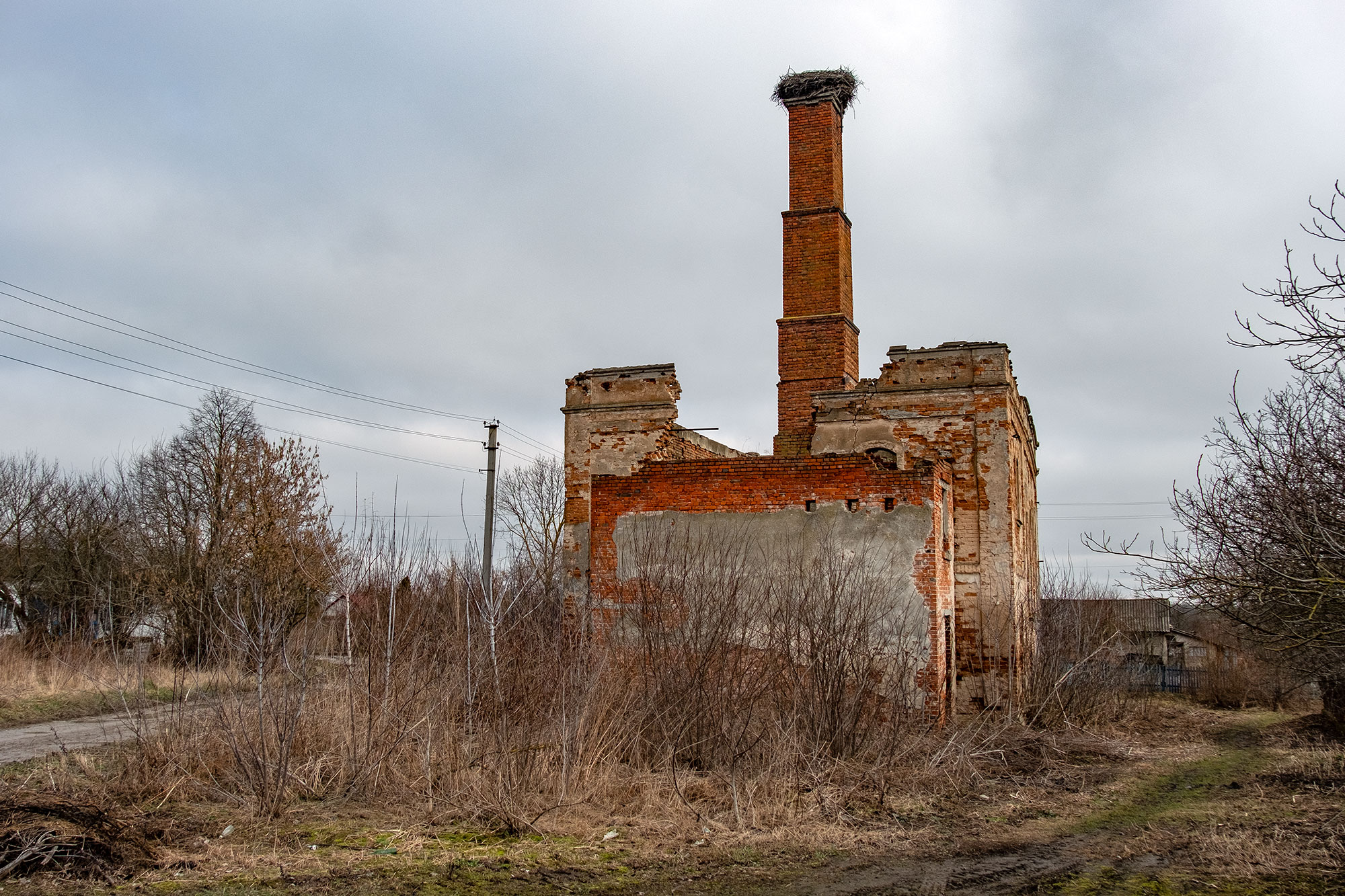
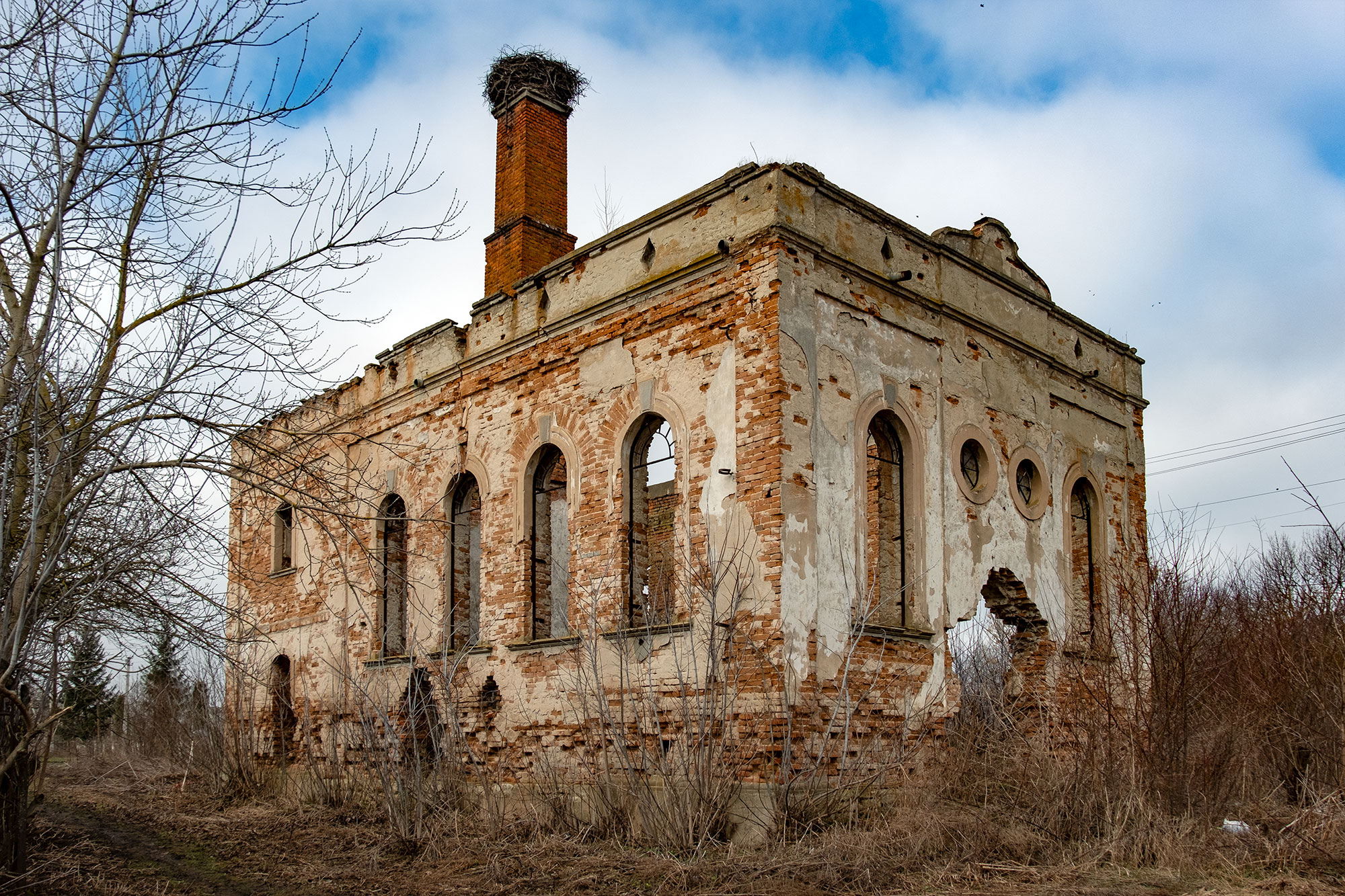
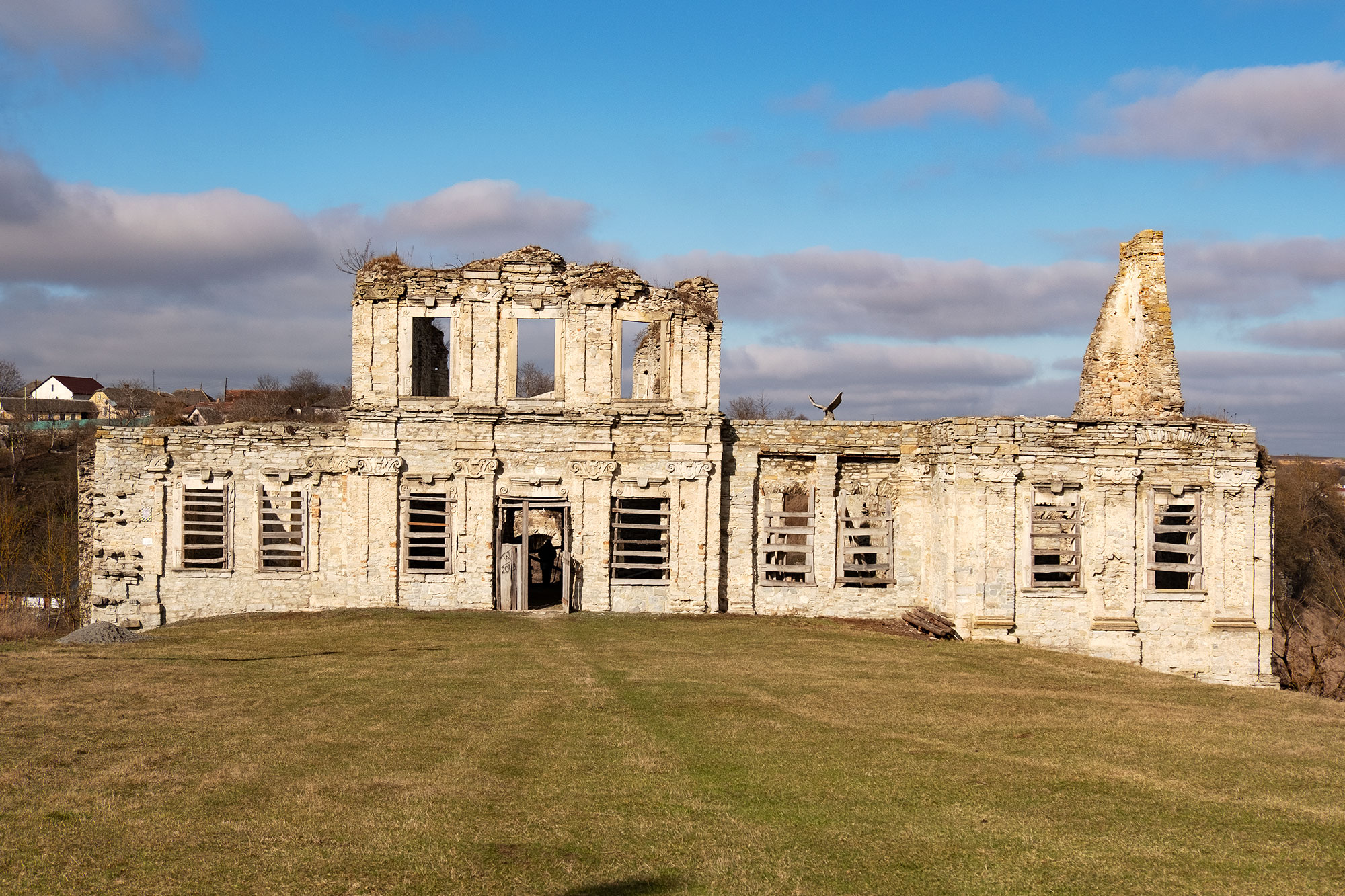
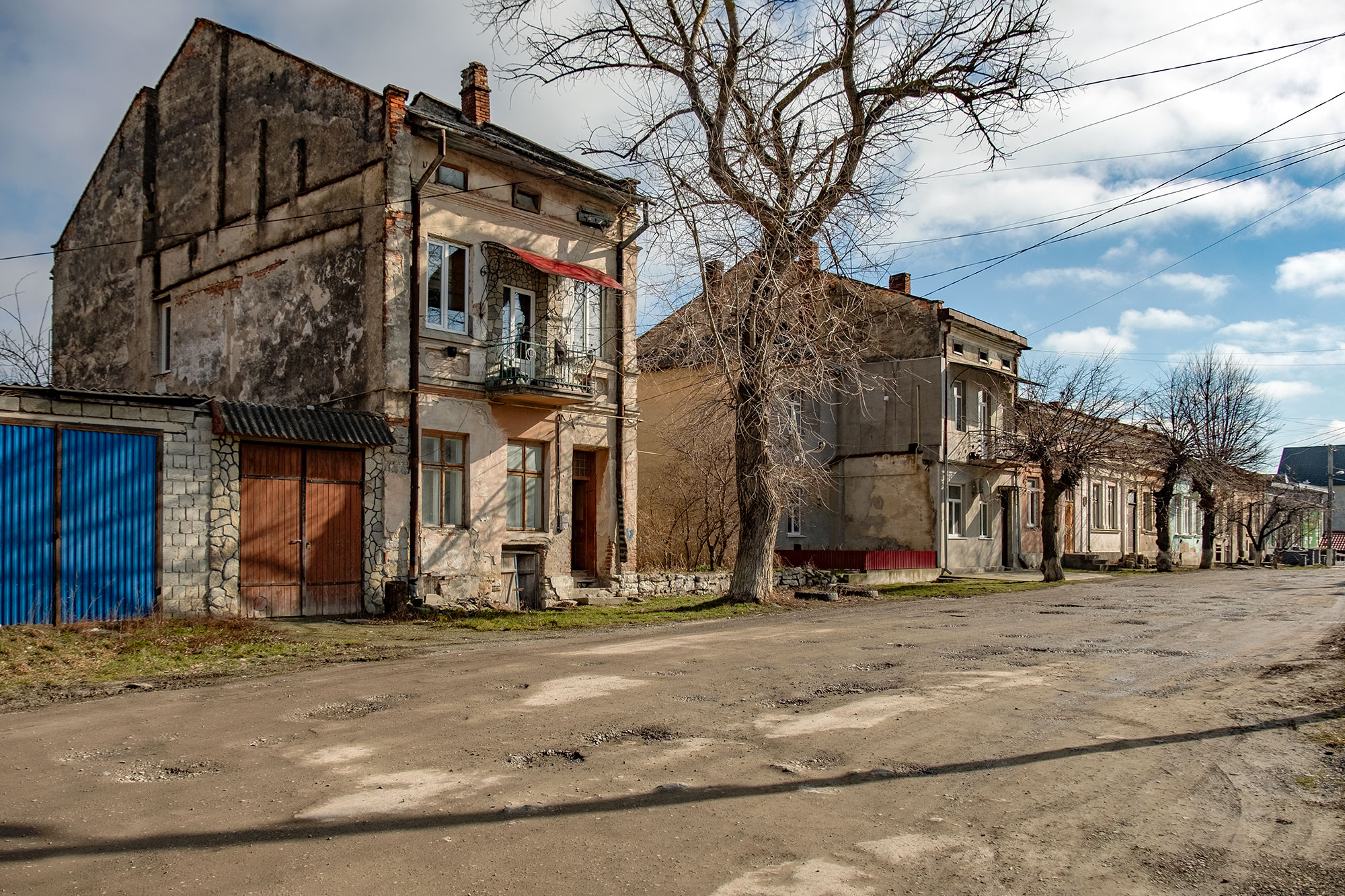
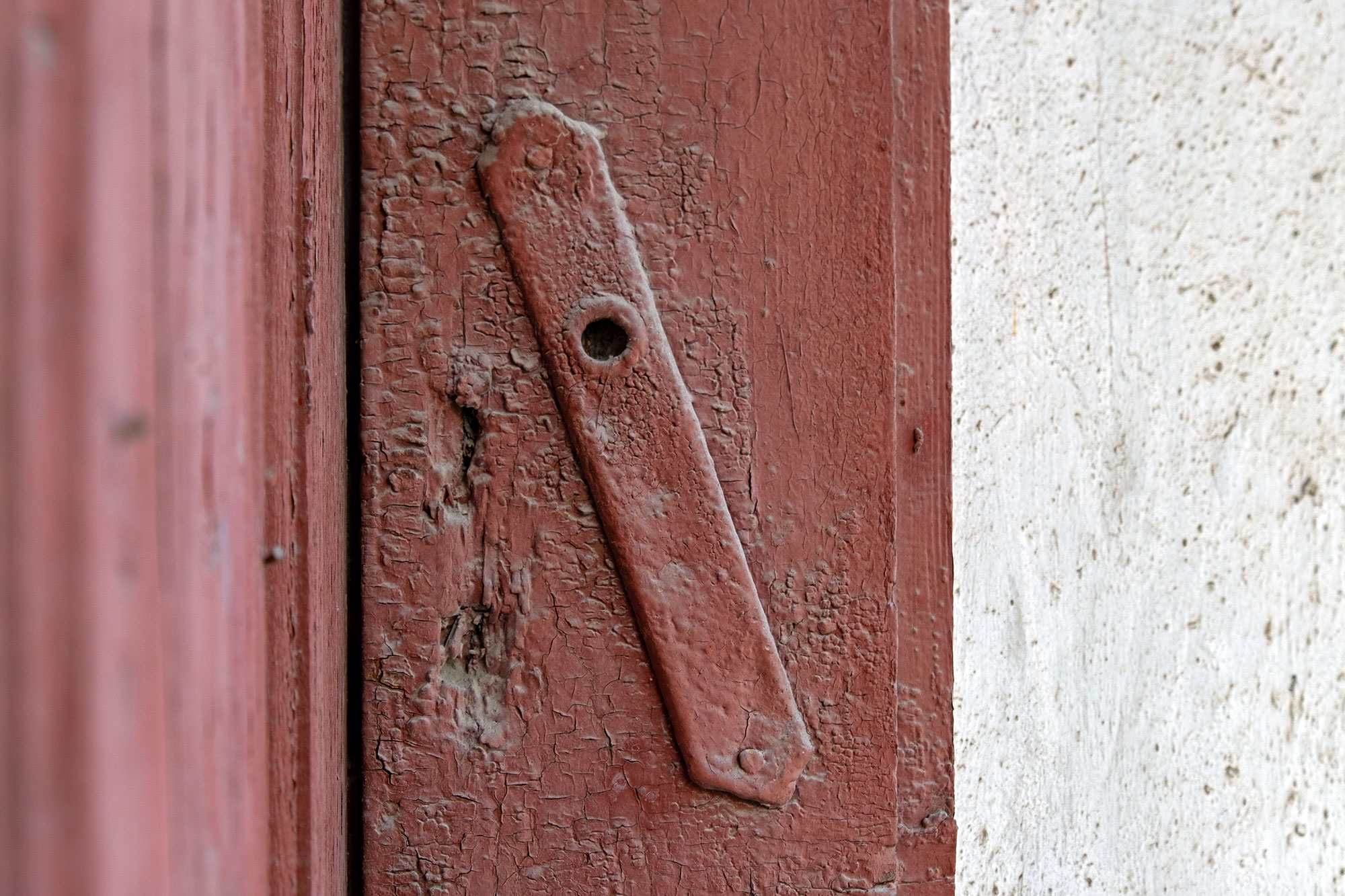
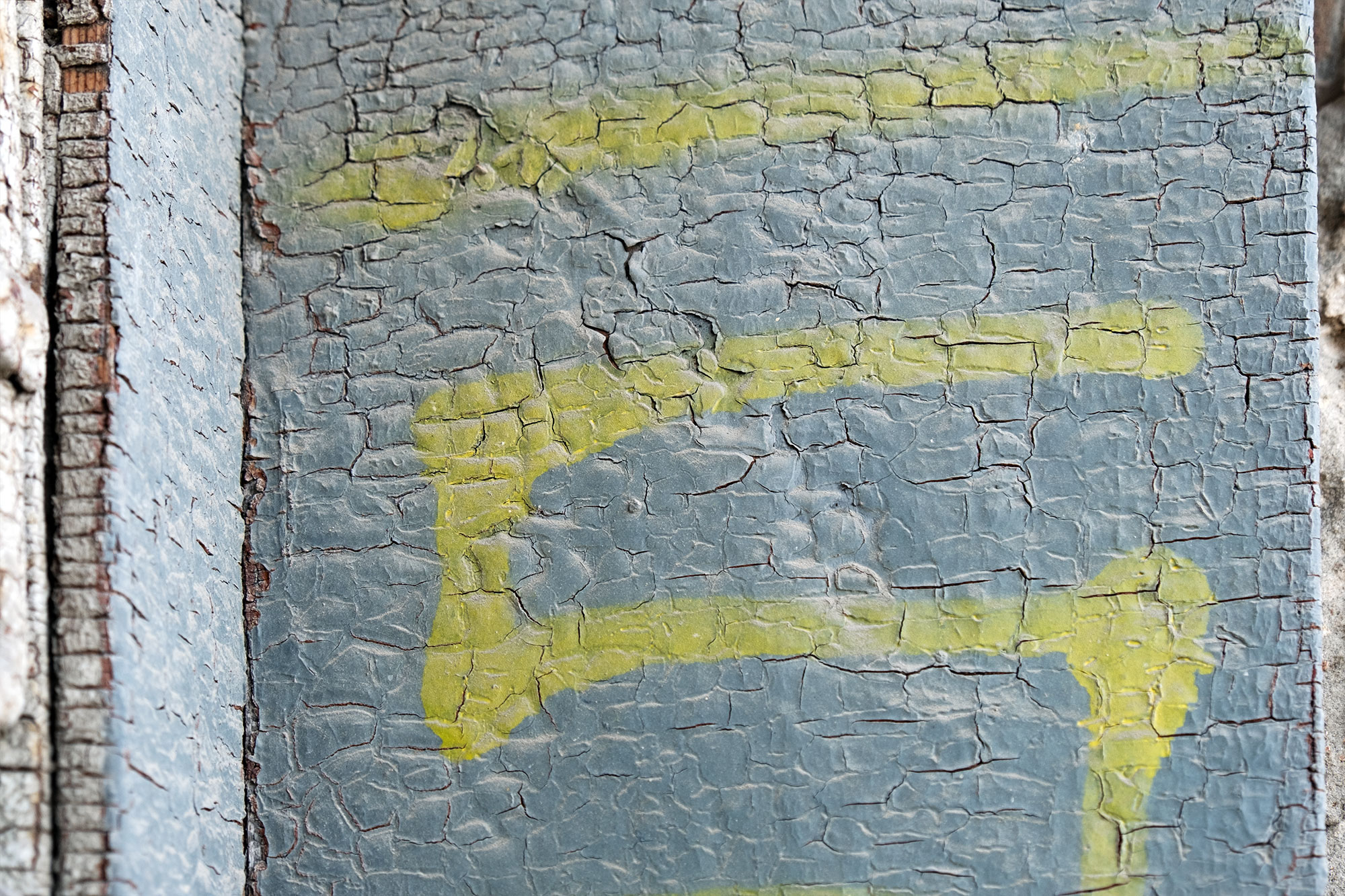
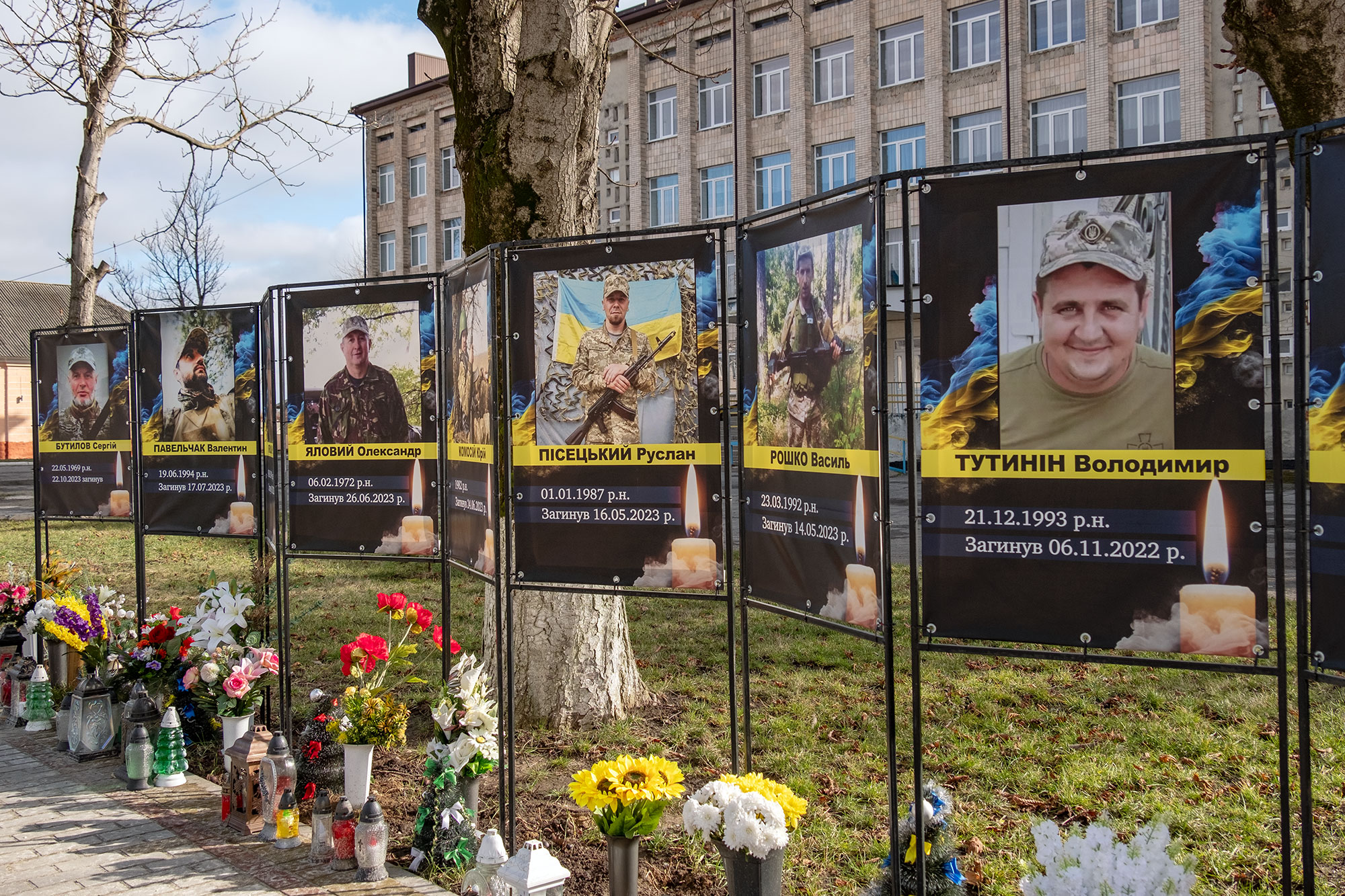
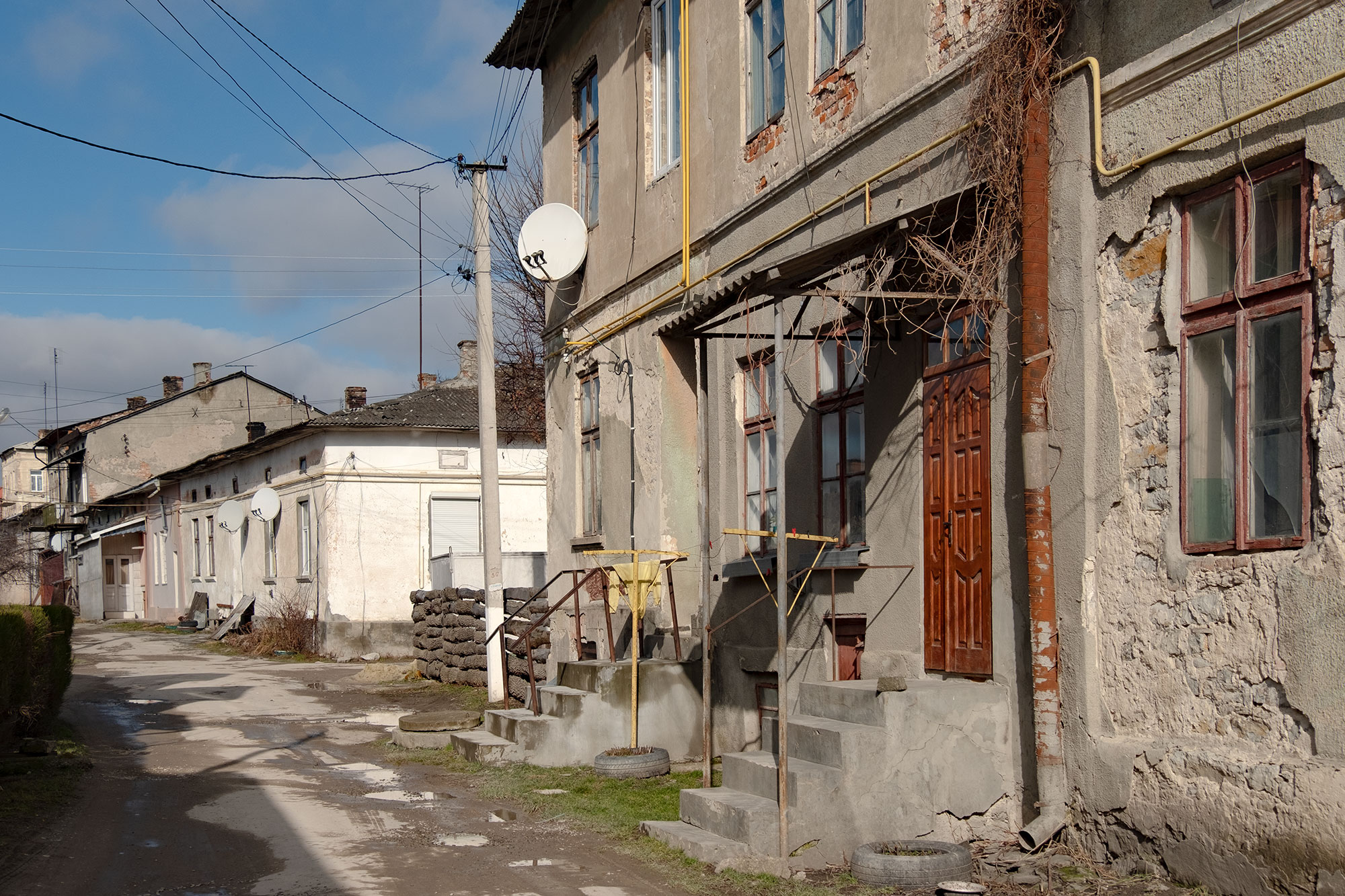
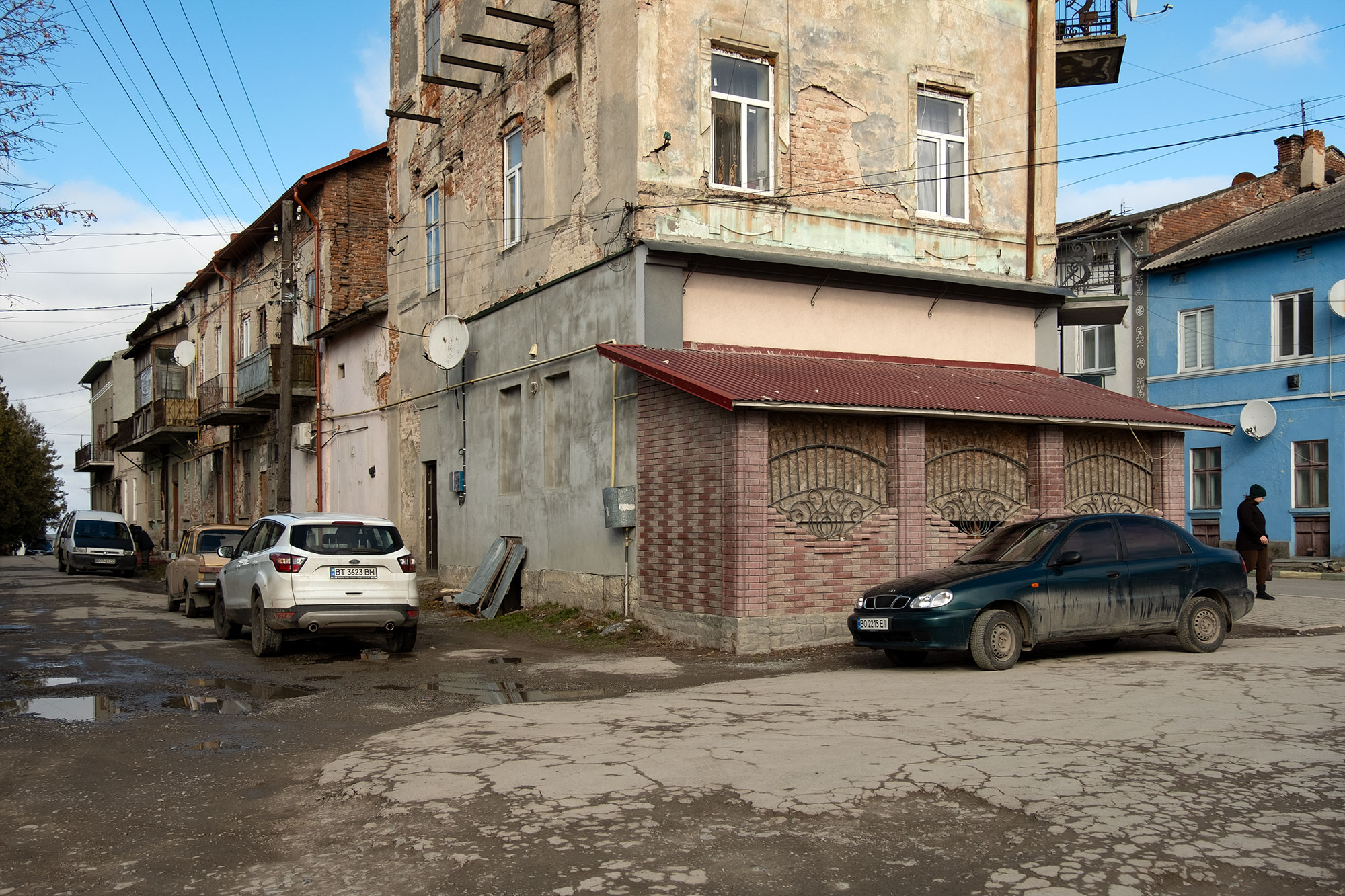
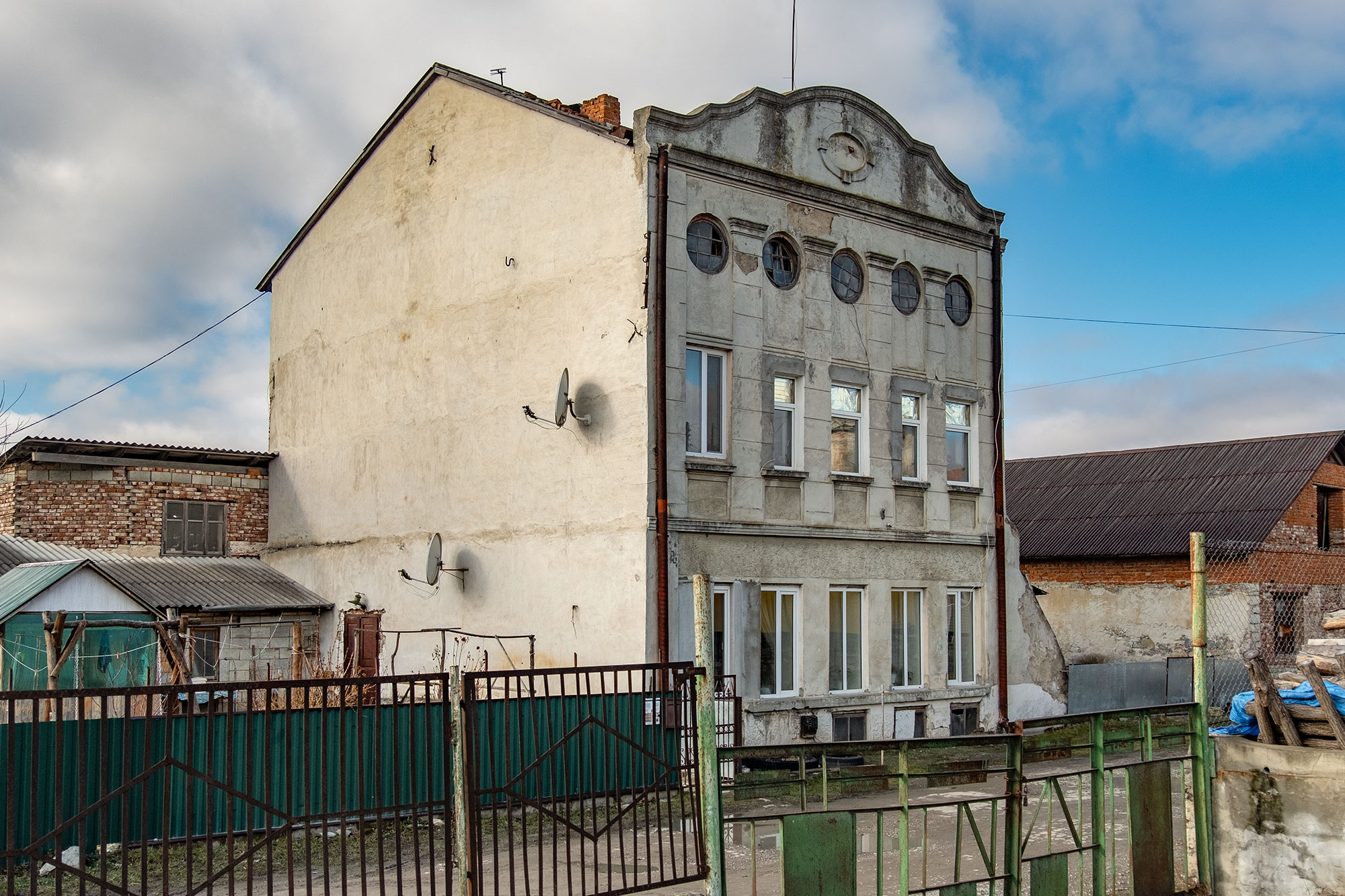
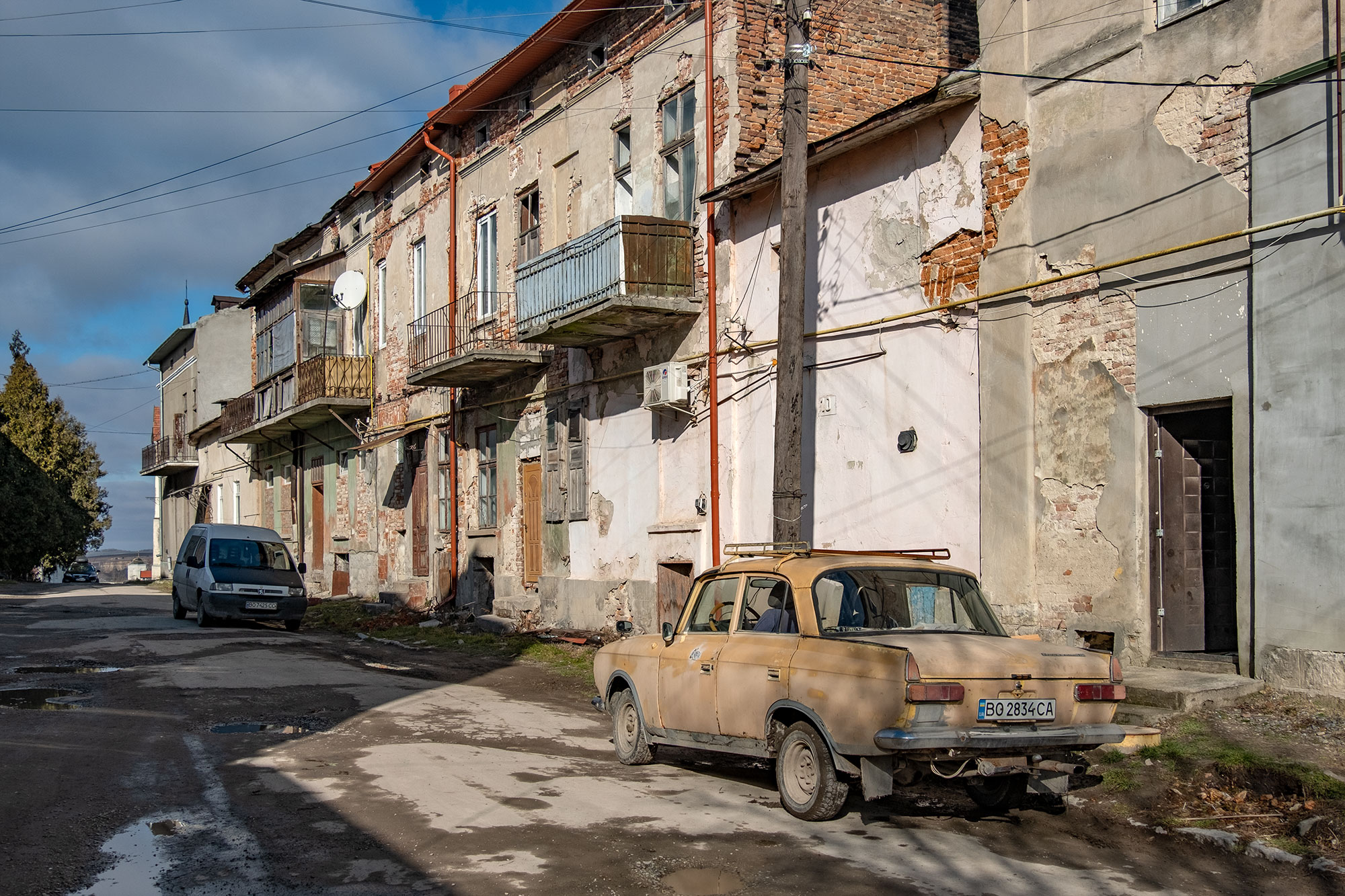
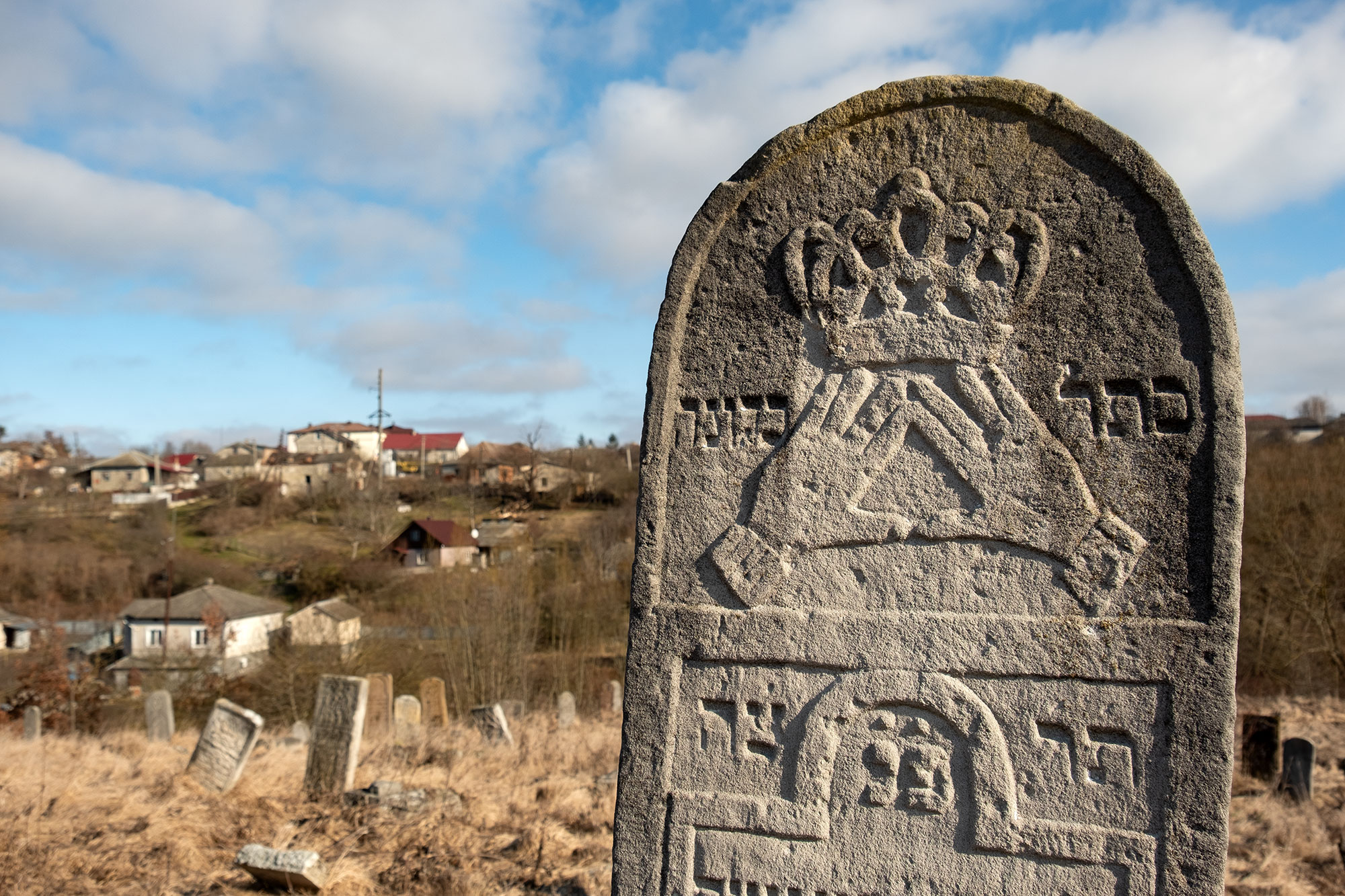
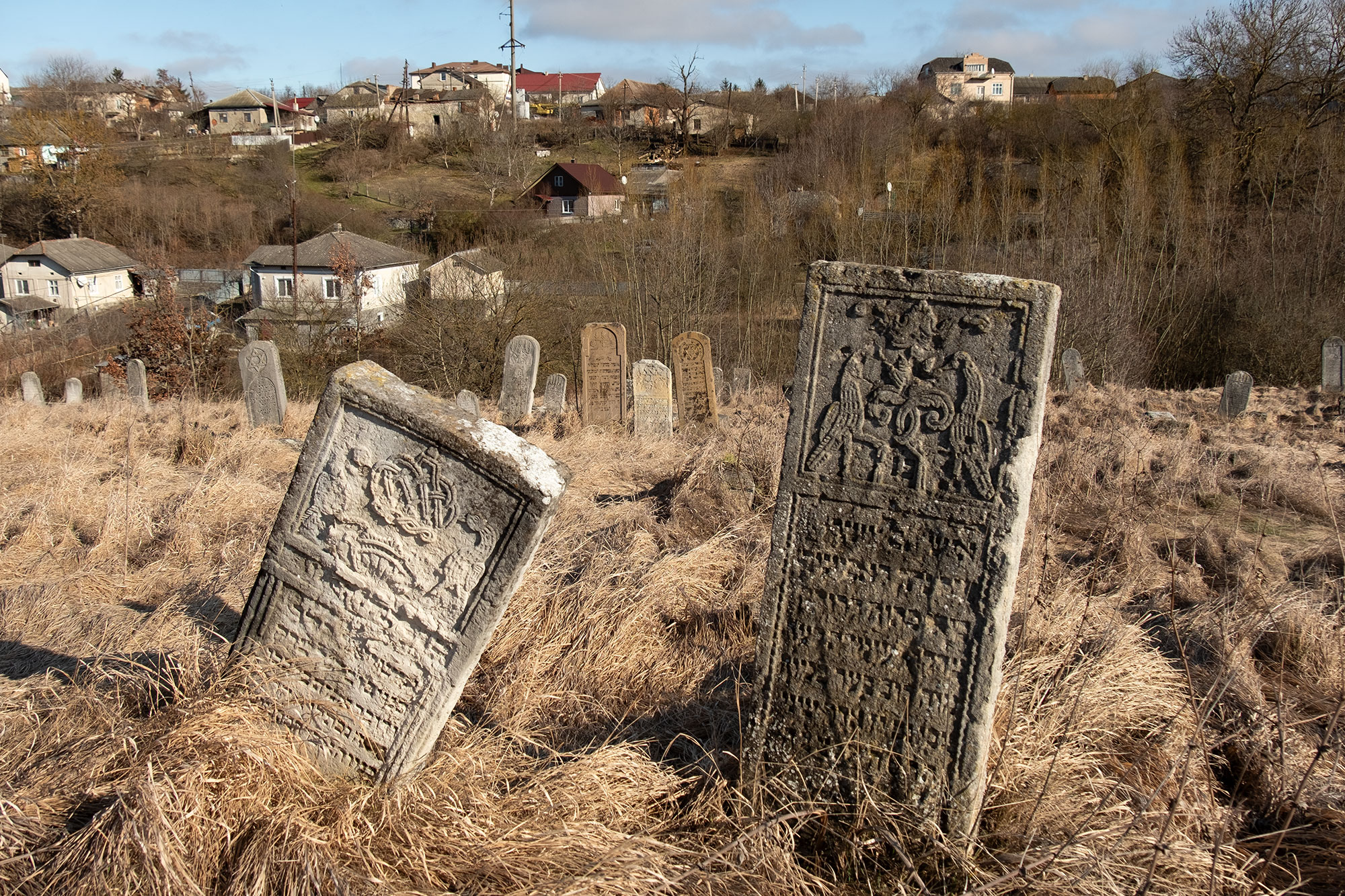
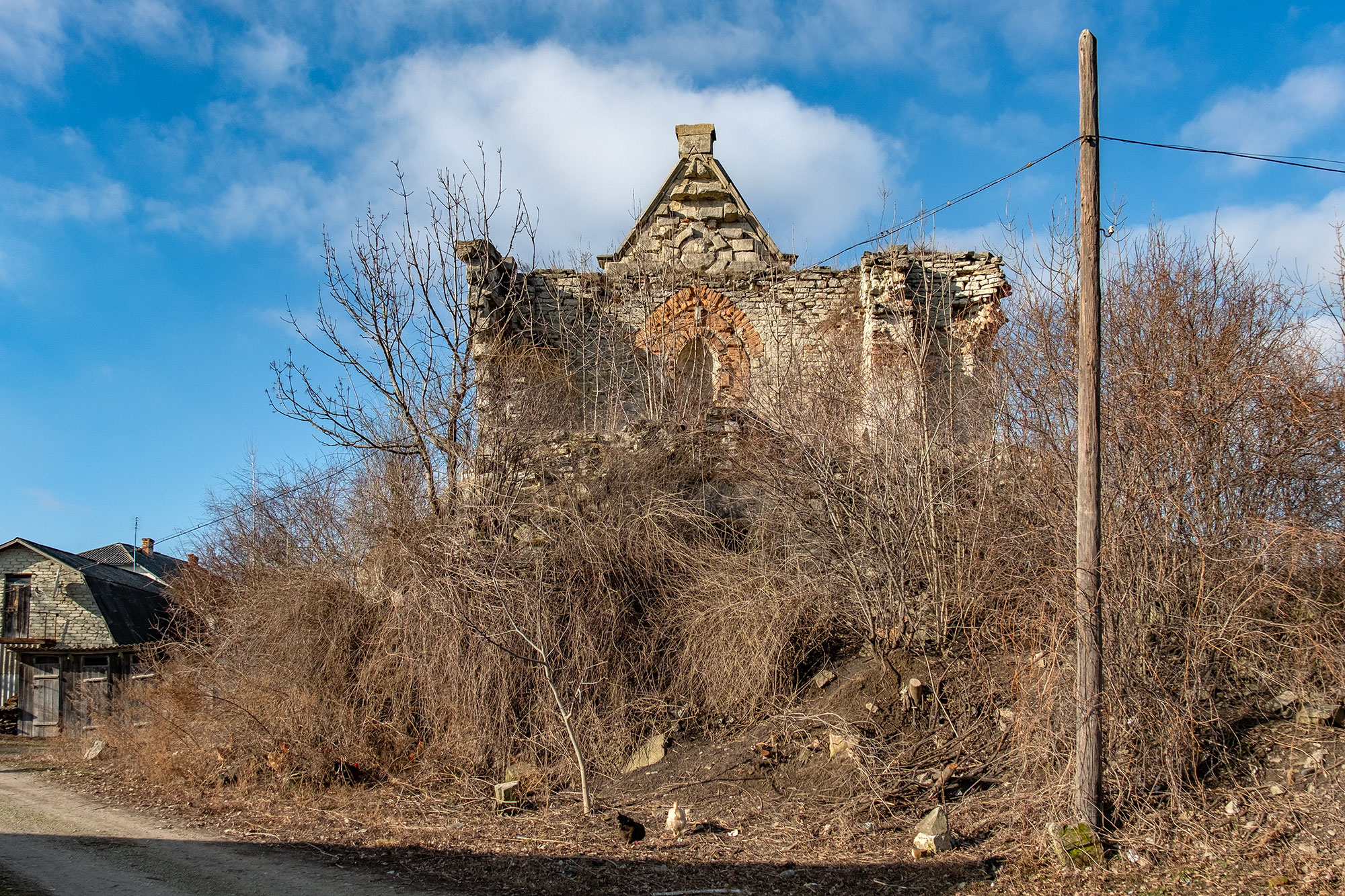
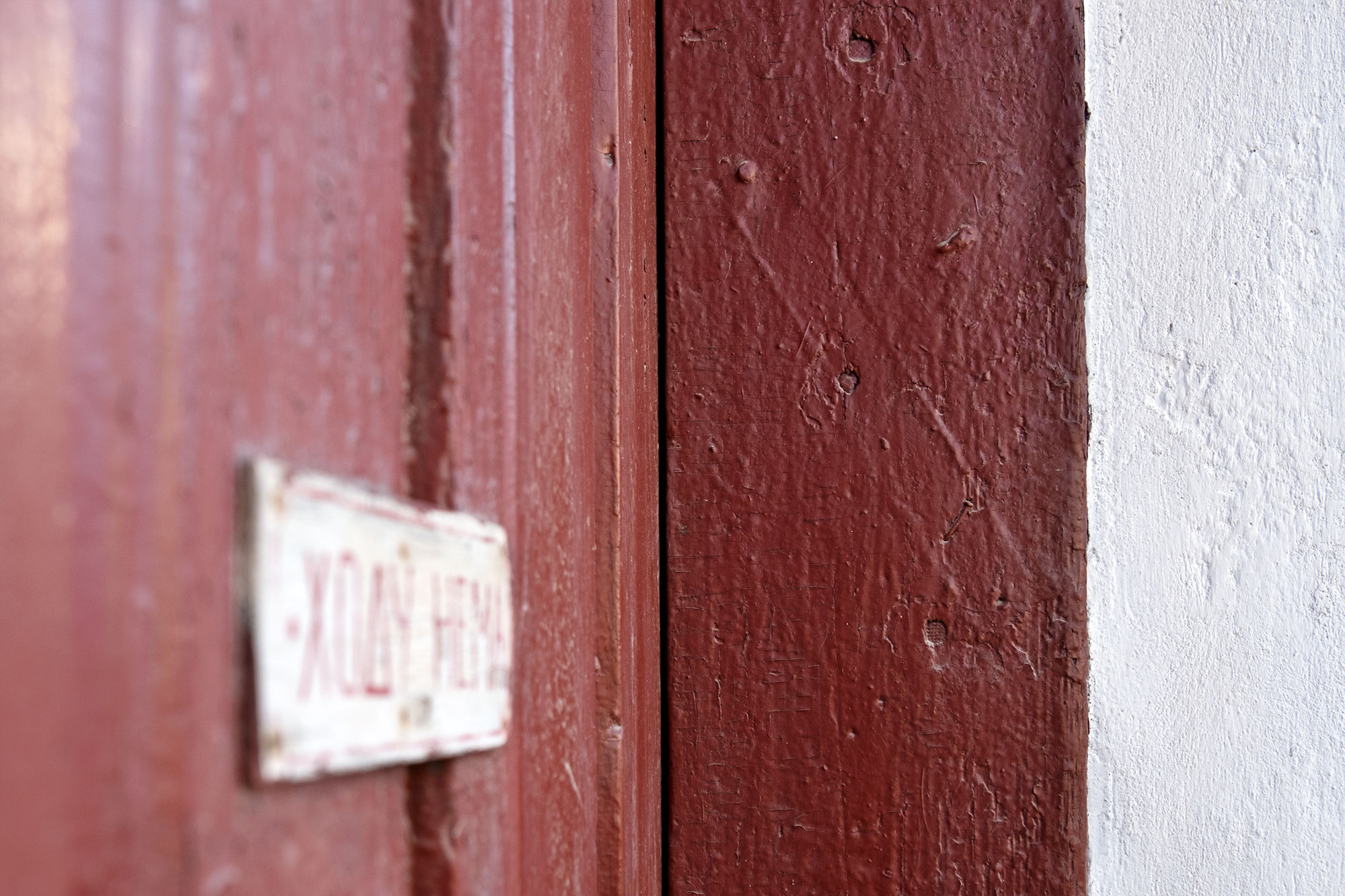
Suceava. Our journey begins here. The marshrutka to Chernivtsi is already waiting at the airport. Clearance at the Romanian-Ukrainian border is quick. It’s the same queasy feeling as last time. When you cross the border, you leave a place where you think nothing can happen to you. But everything is quiet in Chernivtsi. The city is the same as always.
Chernivtsi. Reinhard, a friend and former colleague, accompanies us on this trip. He has never been to Chernivtsi before. We stroll through the city with him and show him the Jewish cemetery. The first highlight of this trip comes late Sunday morning. My friend Katharina has organised a small exhibition of my photos at the Belle Vue media centre. I am surprised at how many people have turned up – including many friends. Jewish Chernivtsi is well represented among the guests. “People are hungry for something interesting,” my friend Mykola tells me, “almost nothing has happened here since the beginning of the war.” Outside the monument to Taras Shevchenko, women protest against their husbands’ long service at the front. There are two parallel universes in Chernivtsi.
Lviv. In Lviv we experience the first air raid of the journey. The wailing of the sirens will accompany us every day from now on. Nothing happens in Lviv today. The Russian missiles won’t hit until the morning after our departure. A school and two kindergartens were badly damaged.
We mainly use the time to meet up with friends. Vasyl, Meylakh, Sasha – we’re glad to see them at least in good health. It’s a short stay in Lviv and I resolve to stay longer next time. At least this time I took a photo of Magen David, which Anna discovered on the balcony of a house during our last visit.
Ternopil. Ternopil is the longest stop on our journey – even though we spend very little time in the city itself. Anna spends a lot of time with her mum and her friends. Reinhard and I stroll through the city.
We use the very first day for a day trip to Skala-Podilska. We have planned stops in Skalat, Hrymailiv, Husiatyn, Probizhna and Chortkiv. I know all these places. There’s something repetitive about the journey, but it’s also a reassurance that everything is still there.
I was last in Skalat in the late summer of 2021 – less than six months later, Russia invaded Ukraine. In 2021, most of the synagogue in Skalat was demolished. A Protestant church was supposed to be built there. Nothing has happened since. The unfinished building remains unchanged.
The ruins of the synagogues in Hrymailiv, Husiatyn and Probizhna are also unchanged. At least the synagogue hall in Hrymailiv has been cleaned up – the last time I was there it was an impenetrable jungle. “It’s such a beautiful building”, says an old woman who is watching us curiously, “why don’t you do something to preserve it”. People obviously have a lot of confidence in guests from abroad. The workers at the Christian cemetery in Postolivka obviously have the same hope. This time we are supposed to save the crumbling cemetery church.
Skala-Podilska is a time capsule, an archetypal shtetl. At the end of the 19th century, over half of the inhabitants were Jewish. I was there for the first time in 2018. Little has changed since then. More houses are probably abandoned today. I can no longer find any trace of a mezuzah, which I was able to photograph on my last visit. In the market square, there is a wall with portraits of the town’s fallen soldiers. For a place with just 4,000 inhabitants, it is shockingly long.
On the way back to Ternopil, we make a short stop in Chortkiv and visit the old synagogue. Not much has changed there. The door of the synagogue was the subject of a scandal last year. It turned out that the historic door from the 18th century had been stolen – probably in 2015. I had photographed it in 2013. Now it is an exhibit in a private Jewish museum in Moscow. This fits in with Russia’s imperial ambitions. It is a disgrace for the University of Jerusalem that two of its scientists were involved in this theft.
Before we leave for Ternopil, we walk through the alleyways of the old town. I look for a Mezuzah trace that I photographed in 2018 and can’t find it. The house where it was located has probably been renovated. This is how the past disappears.
Two days later, we visit Tetyana in Zbarazh. The graduate historian has set herself the task of preserving the Jewish cemetery and researching and documenting the Jewish community. It is an admirable task for which there is no money, but sometimes at least some recognition. When we return from the Jewish cemetery, Tetyana asks us to stop for half an hour. A fallen soldier is being buried today. A large crowd has already gathered in a square. People kneel down as the coffin is brought in. The soldier was 23 years old when he fell near Avdiivka.
Suceava. We take the marshrutka back to Chernivtsi and continue on to Suceava the next day. We recapitulate the experiences of the last few days. We don’t really warm to Suceava. After the historic old towns of western Ukraine, the urban planning of the Romanian communists is shocking. At least the old churches, a synagogue and a few remaining buildings from the Habsburg era have been preserved.
There’s another funny episode on departure. While boarding has already begun, I am called to the security checkpoint. “Is this your suitcase?” I am asked. I answer in the affirmative. “Would you mind opening it?” I open it. “Do you know what we’re looking for?” I shrug my shoulders. “You have ammunition in your suitcase.” Now I remember. In Lviv, I had bought a painted cartridge case in the garrison church – a donation for the Ukrainian army. I had thrown it in my suitcase and forgotten about it. The whole thing clears up quickly. The security guard comments a little on my souvenirs, finds the whole story funny himself and then lets me go. If you are ever travelling with ammunition: Put it in your hand luggage, not in your suitcase. This shortens the security check.

This work is licensed under a Creative Commons Attribution-NonCommercial-NoDerivatives 4.0 International License.
as always lovely photographs and sad comments, admire you both for making the journey
I look forward to your very interesting and informative blogs. Thank you!
Pat
thank you for this blog. I just came across it today. I have many ancestors from Kopychyntsi, as well as from husiatyn. I am hoping to try to find records or even locations of where they lived in those areas.